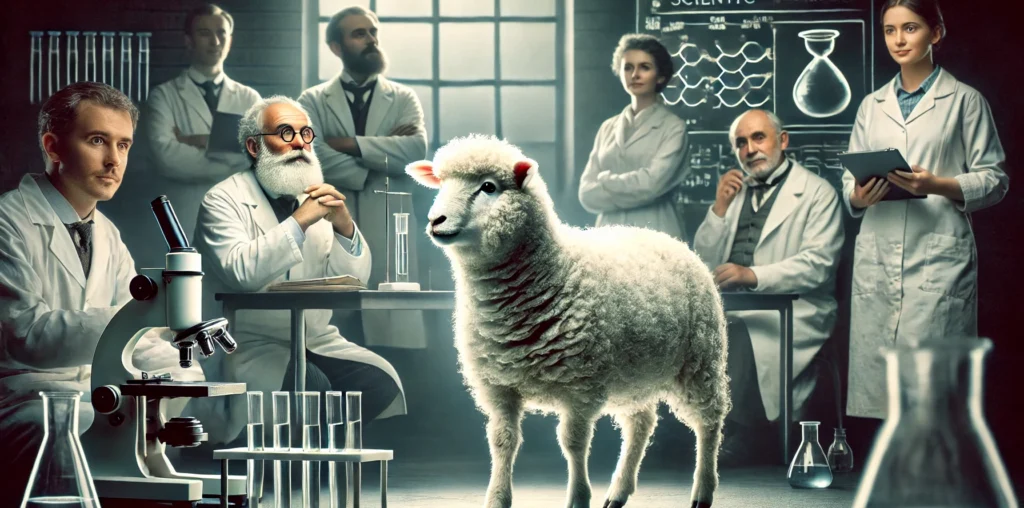The Birth of Dolly the Sheep
On July 5, 1996, the world witnessed a groundbreaking scientific achievement with the cloning of Dolly the Sheep. Named after the famous singer Dolly Parton, this remarkable event took place at the Roslin Institute in Scotland. Dolly was the first mammal to be cloned from an adult somatic cell, proving that specialized cells could be used to create an exact genetic replica of the original organism. This milestone in biotechnology opened new doors in the fields of genetics, medicine, and animal breeding.
The Science Behind Cloning
Cloning Dolly involved a process called somatic cell nuclear transfer (SCNT). Scientists took a mammary gland cell from an adult sheep and extracted its nucleus, which contains the DNA. This nucleus was then inserted into an egg cell from which the nucleus had been removed. The egg cell, now containing the DNA of the adult sheep, was stimulated to develop into an embryo. This embryo was implanted into a surrogate mother sheep, which eventually gave birth to Dolly.
Impact and Ethical Considerations
Dolly’s cloning sparked a wave of interest and debate around the world. The successful cloning demonstrated the potential for advancements in genetic research, including the possibility of cloning endangered species or producing genetically identical animals for research purposes. However, it also raised significant ethical questions. Concerns were voiced about the welfare of cloned animals, the potential for human cloning, and the broader implications of manipulating genetic material.
Dolly’s Legacy
Dolly lived for six and a half years, during which she produced several lambs of her own. Her existence proved that cloned animals could reproduce normally, adding another layer of significance to her story. Though Dolly passed away in 2003 due to health complications, her legacy lives on. She remains a symbol of scientific innovation and a reminder of the ethical complexities intertwined with advancements in biotechnology.

